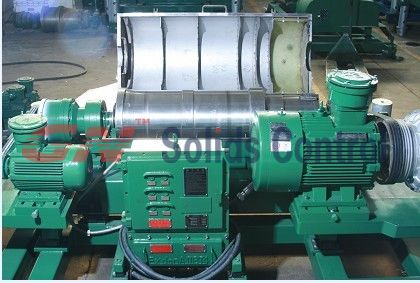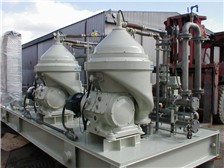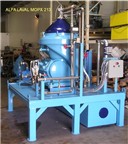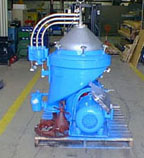Fri Sep 4, 2009
SEOUL (Reuters) - North Korea said on Friday it had successfully tested uranium enrichment and was closer to a second way of building nuclear arms, a move seen as a new tactic to put pressure on the international community.
Experts said the North was still some time away from perfecting the technology of obtaining highly enriched uranium (HEU) needed to build nuclear weapons but there was ample evidence to suggest work was under way.
Following are some facts about a nuclear program based on uranium enrichment and how far the North's advances in it may be.
* U.S. and South Korean officials have said that North Korea has purchased material and equipment needed to enrich uranium. Pakistani nuclear scientist A.Q. Khan is believed to have helped the North by providing the technology and centrifuges. Nuclear experts believe that the North is a long way off having a serious enrichment program and needs much more equipment, which is subject to export control.
* Unlike using plutonium extracted from spent nuclear fuel, it does not require a large area to run an HEU program. North Korea has an abundance of mountainous terrain where it could have easily dug an underground complex to hide a centrifuge lab, which one official said needs to be only as large as a hotel lobby.
* Bottom line assessment is that it would take North Korea several years to develop a full-scale HEU program and many more years after that to produce sufficient quantities for weapons.
* A switch to uranium would alarm Western powers because it could be done away from the prying eyes of U.S. spy satellites, it may lead to enhanced cooperation with Iran and it could lure customer states keen to start their own nuclear arms programs.
* Experts said the technology for making a typical nuclear bomb using HEU is easier to master than with plutonium. But North Korea wants to place a nuclear warhead on a missile and experts said plutonium is much better for miniaturizing such a weapon than HEU. North Korea's aging air force would likely provide no match for the air forces of the United States, Japan and South Korea, making it unlikely it could deliver a weapon via a bomb dropped from high altitude.
* The International Atomic Energy Agency (IAEA) has said the most common forms of uranium enrichment are gaseous diffusion and gas centrifugation of uranium hexafluoride. These are time-consuming processes where natural uranium is subject to gases and forces such as being spun in a centrifuge to increase the proportion of a fissile isotope.
(Reporting by Jack Kim and Jon Herskovitz; Editing by John Chalmers)
source: www.reuters.com












